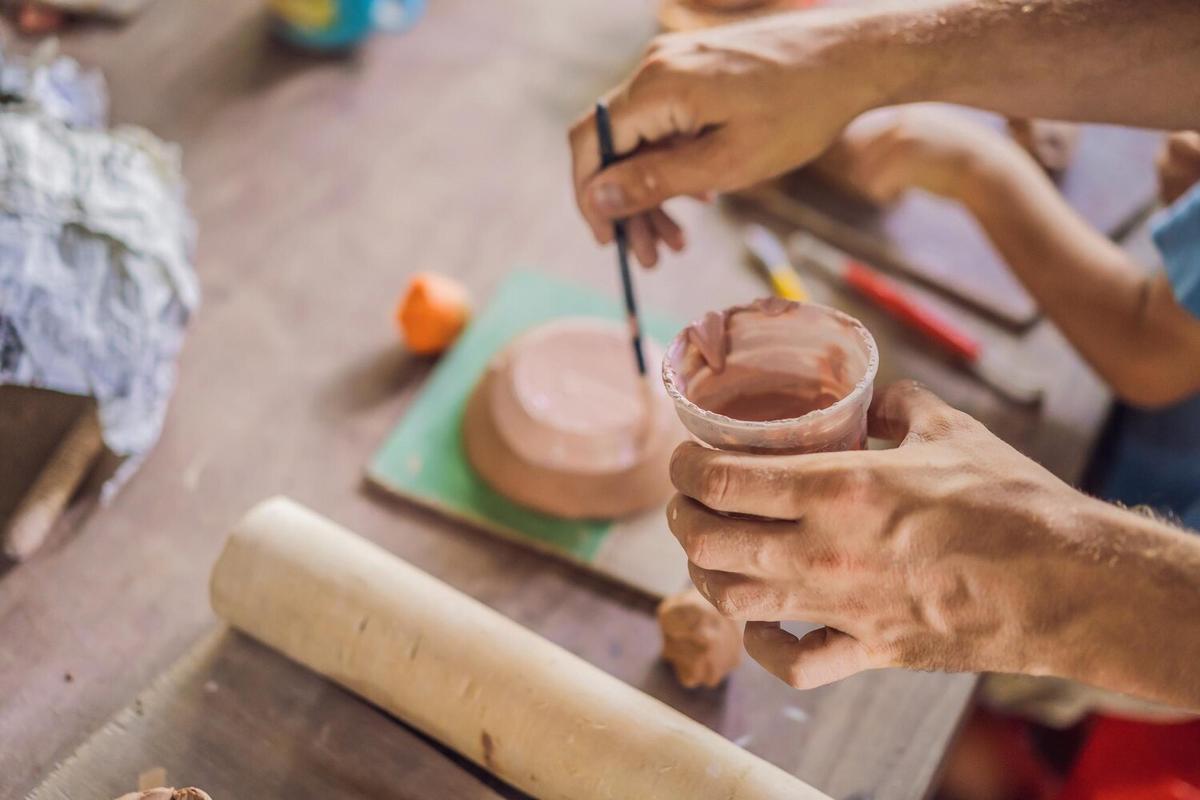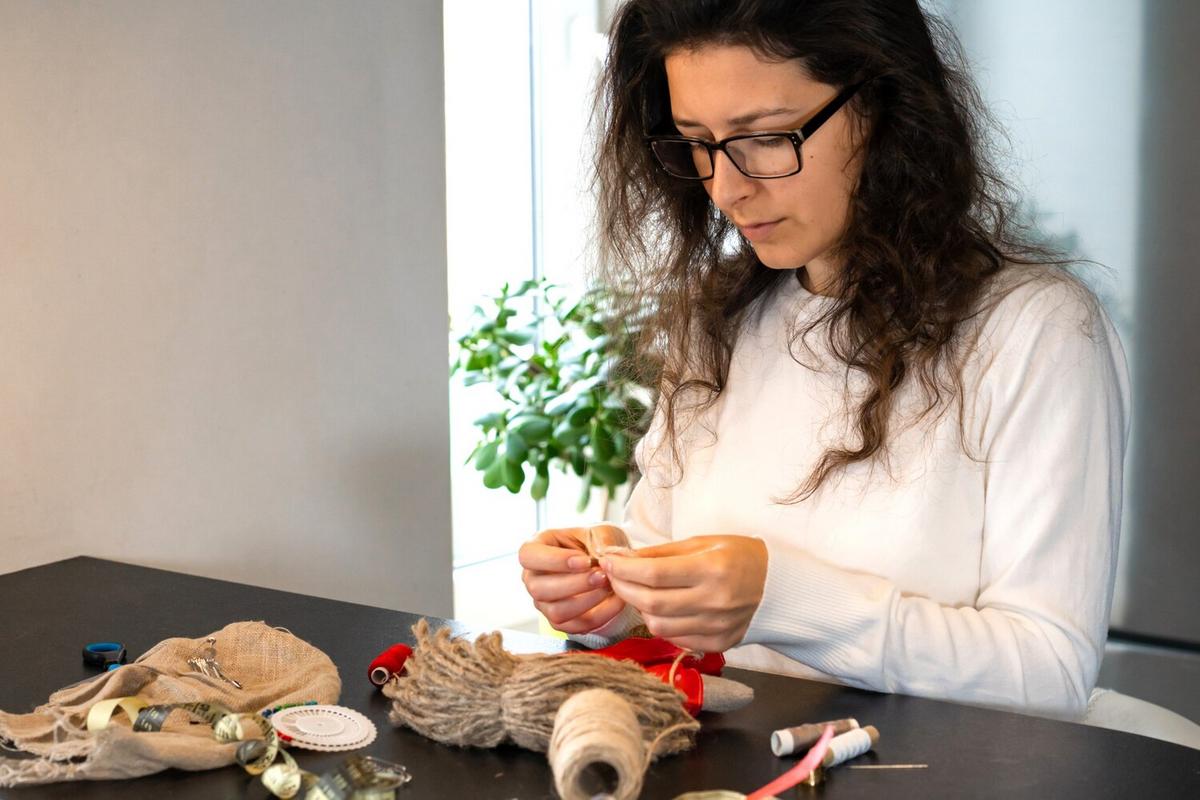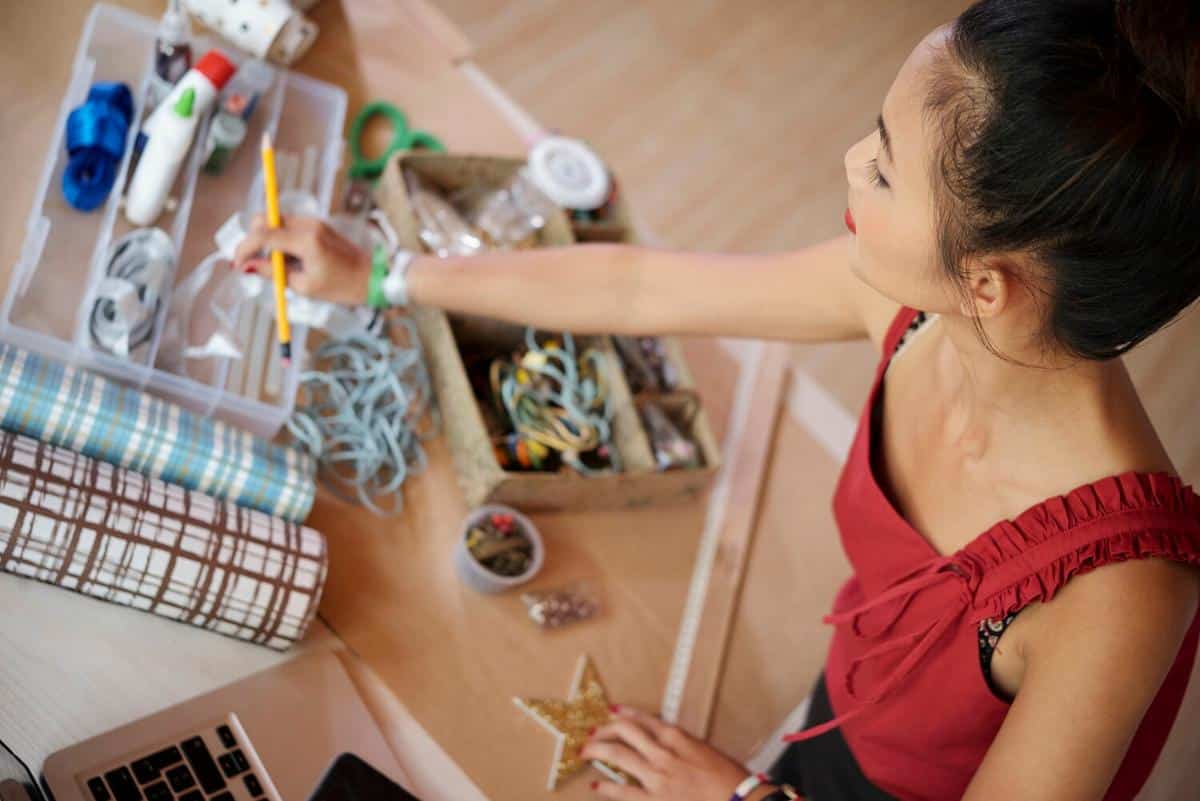
Crafting with Clay: From Basics to Advanced Techniques
Clay crafting is an art form that invites creators to mold their imagination into tangible pieces. Whether you’re a beginner excited to explore or a seasoned artist looking to deepen your skills, crafting with clay offers endless possibilities.
Clay crafting has been cherished for centuries, evolving from ancient pottery to contemporary art pieces. In this post, we delve into the essentials of clay crafting, offering insights from experts and practical advice for enthusiasts at every skill level.
Understanding the Basics
Before diving into advanced techniques, it’s crucial to understand the different types of clay. Air-dry clay is perfect for beginners due to its ease of use, while polymer clay offers vibrant colors and versatility. Professional artists often prefer stoneware or porcelain for their durability and finish.
“Clay allows you to express yourself in three dimensions, creating art that you can touch and feel,” says Emma Thompson, a ceramic artist with over two decades of experience.
Getting Started with Clay
- Gather Your Tools: Invest in basic tools like rolling pins, cutters, and texture stamps to get started.
- Set Up Your Space: Ensure your workspace is clean and well-lit, with easy access to water and storage for your materials.
- Experiment with Techniques: Start with simple coil and slab techniques before advancing to wheel throwing or sculpting.
According to a survey by the Craft & Hobby Association, over 56% of adults engage in crafting activities, with clay being a favorite for its therapeutic benefits.
Advanced Techniques
Once you’ve mastered the basics, it’s time to explore more complex techniques. Glazing offers a way to add color and texture, while sgraffito allows for intricate designs by scratching through a surface layer to reveal a different color beneath.
| Technique | Description | Difficulty Level |
|---|---|---|
| Wheel Throwing | Shaping clay on a rotating wheel | Intermediate |
| Glazing | Applying a glass-like coating | Advanced |
| Sgraffito | Scratching designs into clay | Advanced |
| Slip Casting | Using liquid clay in molds | Intermediate |
| Raku Firing | Quick firing technique | Advanced |
| Hand Building | Forming shapes without a wheel | Beginner |
| Engobing | Applying liquid clay for decoration | Intermediate |
| Carving | Creating patterns and textures | Advanced |
Inspiration and Resources
For further inspiration, consider following renowned clay artists on social media or joining local crafting workshops to connect with fellow enthusiasts. Online platforms such as YouTube offer tutorials for mastering specific techniques, while websites like Ceramic Arts Network provide a wealth of articles and resources.
Frequently Asked Questions
What is the best type of clay for beginners?
Air-dry clay is recommended for beginners due to its ease of use and no need for firing.
How can I avoid cracks in my clay projects?
Ensure your clay is evenly moist and dry your projects slowly to prevent cracking.
Is it necessary to use a kiln for all clay projects?
Not all clay projects require a kiln; air-dry and polymer clays can harden without firing.
With practice and patience, clay crafting can become a rewarding hobby, offering not only creative satisfaction but also a calming and meditative experience. So, roll up your sleeves, and let your creativity shape something extraordinary.


